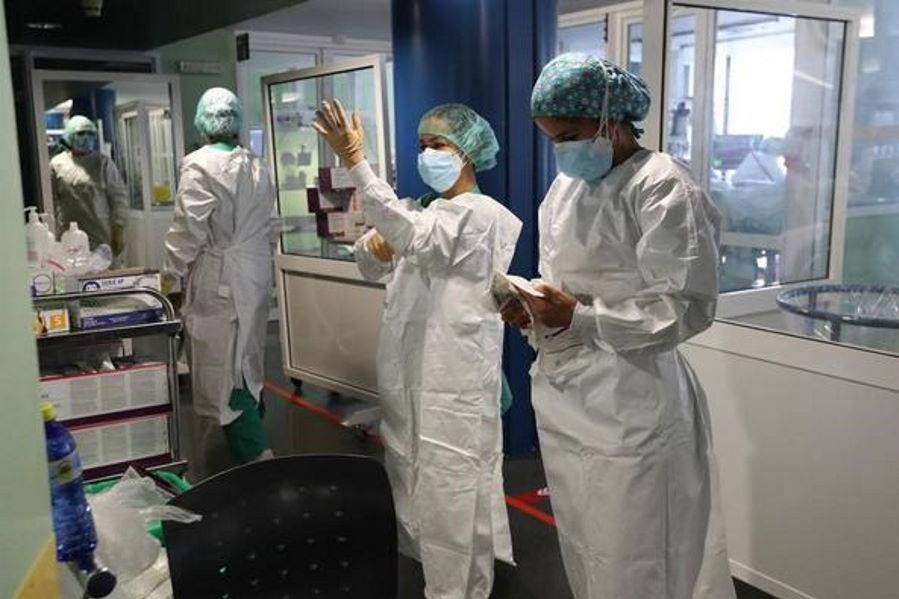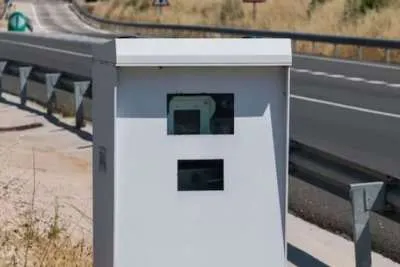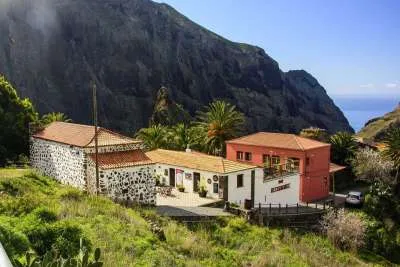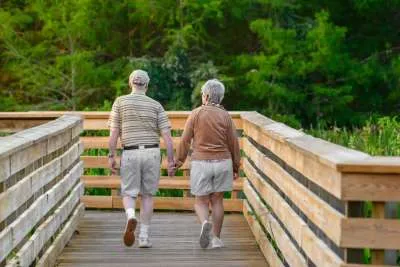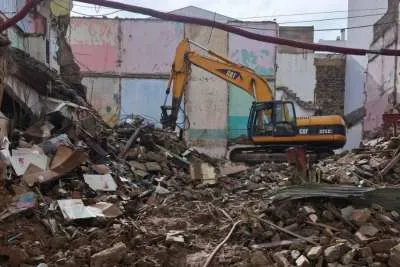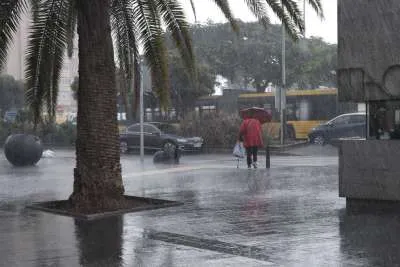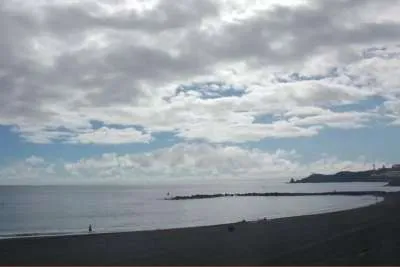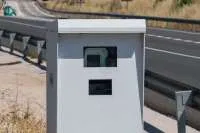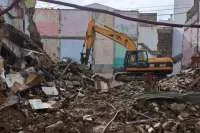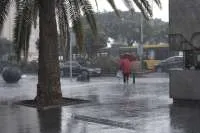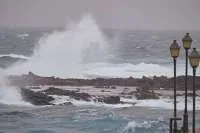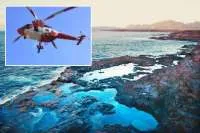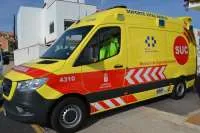Continued hospital pressure will prevent a drop in alert levels this week
- 03-02-2022
- National
- Canarian Weekly
Later today the Governing Council will meet to review the latest epidemiological report for the Canary Islands, and decide if any of them can go down a level accordingly. Currently, Gran Canaria, Tenerife, and La Palma are at Level 4 and the rest of the islands are at Level 3, but it looks as though the maintained pressure on hospitals with Covid patients will prevent them from making any changes.
Everyone wants things to return to normality and have restrictions lifted, however, in the eyes of the Ministry of Health, who ultimately propose the rules, the pandemic is not over yet.
In their view, this is not just a flu (yet), people are still spreading the virus, people are still getting seriously ill, people are still dying, and people still need to get vaccinated. Yes, they acknowledge that vaccinated people can catch the current variants of the virus, and that those with existing pathologies could also enter hospital, however, 70% of admissions are unvaccinated so the quickest way for us to reduce hospital pressure and get out of this, is for those people eligible for vaccination to get one.
These reasons are why they were against lifting the measure of mandatory masks outdoors in Congress yesterday, and ultimately until they declare it to be an endemic or the health crisis to be over, there will still be national (masks, distancing, etc) and regional (alerts levels) restrictions.
Over the last 10 days the data for the Canary Islands has improved, the R rate of contagion has dropped, incidence rates have dropped (although they are still at very high risk levels on all the islands), and the number of daily cases has dropped, but despite this Gran Canaria and Tenerife still have their hospital indicators at very high risk, and has hardly changed.
Occupancy by Covid patients:
In Tenerife, there has been a slight decrease in occupancy of conventional hospital beds by Covid patients in the last week, which has gone from 18% down to 15%, but the occupancy of ICU beds has only decreased very slightly, going from 29% to 28.4%.
However, in Gran Canaria, during the last week, the occupancy rate of beds in wards has risen two points, now reaching 21.5% occupancy, and in ICU’s the pressure has grown from 25.9% on January 25th to 27.3% on Tuesday (February 1st).
In the rest of the islands, there has been a slight drop in the occupancy of conventional beds, except in La Gomera, which has risen from a medium to high risk level, with 13% occupancy by Covid patients.
On the contrary, in Lanzarote, the occupancy rate has dropped from very high to high risk, with 15.4% occupied by Covid patients last week to 10.7% now.
Downward trend of incidence rates:
Both the 7 and 14-day rates have dropped in all of the islands and the IA7 in the Canary Islands was 392 cases per 100,000 inhabitants yesterday, and the IA 14 was 1,103. In the last week there has been a decrease of 44.8% in the IA7 and 49% in the IA14.
Another encouraging fact is the percentage of positivity, which is the number of positive tests, which yesterday was 20.2% compared to 25.6% last Wednesday.
Currently, La Palma is the only island that meets the conditions required to go down to Level 3 since the occupancy rate of conventional hospital beds has dropped to medium risk, and there are no Covid patients in the ICU of their hospital.


